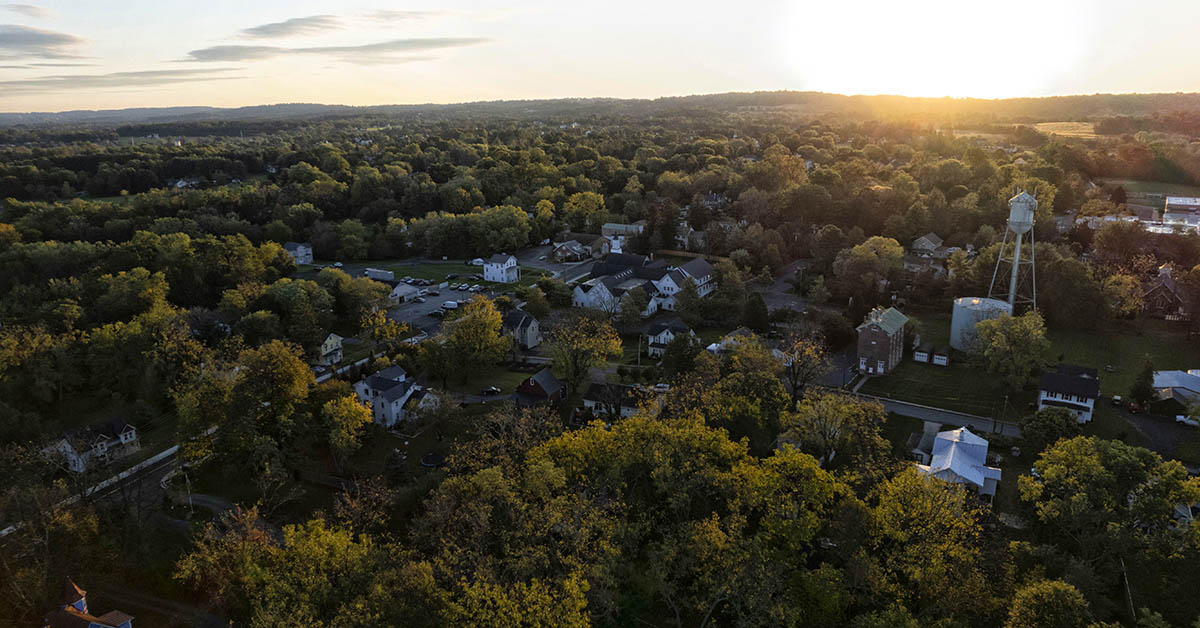Rural & Remote Areas

Bringing cellular coverage to rural and remote areas is important for several reasons:
- Communication: Allows residents to stay in touch with family, friends, and business associates, and to access information.
- Economic development: Supports the growth of businesses and the local economy by providing access to communication and information technology.
- Emergency services: Ensures that residents can reach emergency services in case of an emergency.
- Education: Supports educational opportunities by providing access to online resources and distance learning.
- Healthcare: Facilitates access to telemedicine and remote patient monitoring, which can improve health outcomes and reduce costs.
- Connectivity: Helps bridge the digital divide by providing access to the Internet and other digital services to areas that may have limited or no access to these services.
Overall, bringing cellular coverage to rural and remote areas helps to enhance communication and information access, support economic development, and provide access to essential services and opportunities, thereby improving the quality of life for residents.
Rural and remote areas often don’t have cellular coverage due to several reasons, including:
- Lack of investment from Carriers: Providers may see limited financial benefit from building networks in rural areas with low population density.
- High cost of infrastructure deployment: The cost of building cell towers, laying fiber optic cables, and installing other infrastructure components can be significantly higher in rural areas.
- Difficult terrain: Remote areas often have rugged terrain that makes it difficult to install cell towers and other infrastructure components.
- Interference from natural elements: Interference from natural elements such as trees, hills, and weather conditions can impact the quality of cellular signals in rural areas.
- Lack of power: Power can be limited in remote areas, making it challenging to keep cell towers and other network components running.
Due to these challenges, rural and remote areas can have limited or no cellular coverage.
Our Clientele
Explore some of the great companies that RSS has worked with.
Why RSS?
The licensed wireless industry is intricate. Experience has been a part of Repeated Signal Solutions (RSS) from the company’s inception in 2004. Unlike our rivals, RSS has been active in the licensed wireless frequency market for 19 years and still represents the majority of our first clients nationally.
- 1
Financial Transparency
The RSS methodology has been demonstrated to put everyone at ease. This approach is the result of 19 years of expertise. - 2
Trust: 92%+ of Our Customers Are Recurring
Among licensed wireless services, RSS is one of the few that puts the client first. - 3
Respect and Understanding for All Stakeholders
To ensure that each party contributes for their use case, our process supports the creation of budgets for each group’s allocation of the system. - 4
Total Solution Experience
We offer end-to-end life cycles with the standard carriers SLAs starting at 10 years as part of our solutions.
Ready to Speak With Our Team?
RSS’ mission is to act on behalf of our customers and provide innovative methodologies and detailed solutions that meet their wireless coverage challenges. We strive to provide value propositions based upon ethical business approaches with a high level of transparency and communication which builds mutual trust, respect and a basis for replicable results in our products and services delivery.
Pete Bohley, President of RSS
























